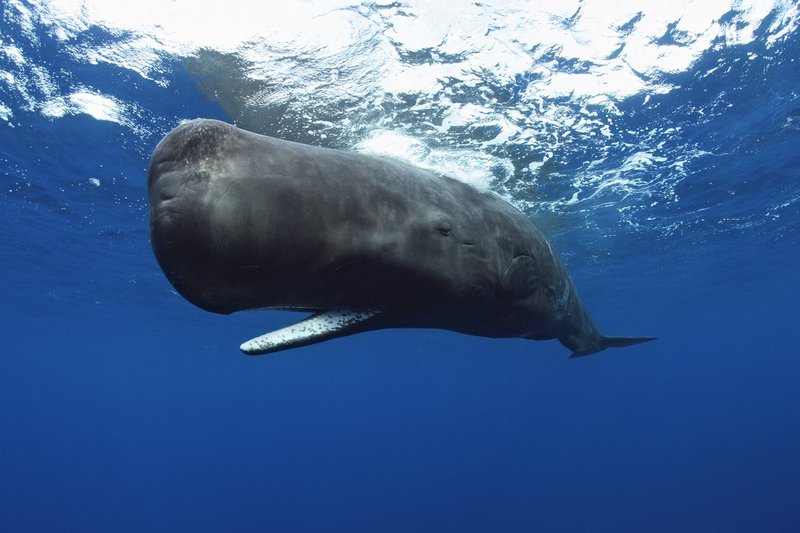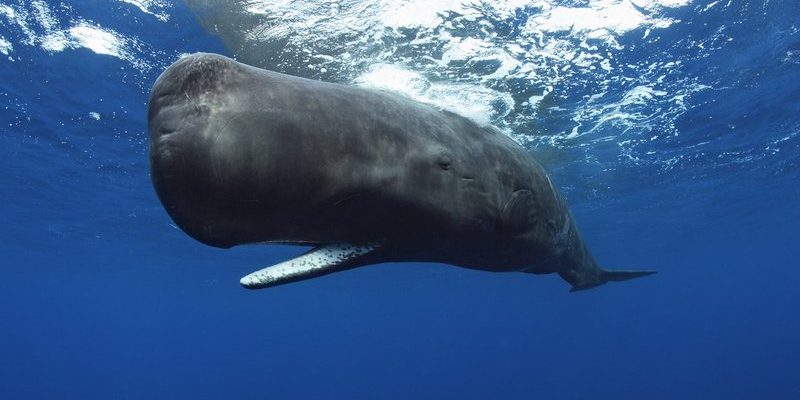
When we think about sperm whales, our minds often drift to the vast, open oceans. However, there’s more to the story than just oceanic expanses. These fascinating creatures inhabit diverse marine environments, and understanding where they can be found helps us appreciate their role in the ecosystem and the challenges they face. So, let’s explore the various habitats of sperm whales, from the deep blue sea to unexpected locations.
Sperm Whales in the Open Ocean
Most sperm whales are found in the open oceans of the world, particularly in deep waters where they can dive to impressive depths. These whales are known to prefer areas that are rich in squid, their primary food source. Think of the ocean as a giant grocery store for these animals, and they have their favorite aisles.
You might be wondering where exactly in the ocean they hang out. Well, sperm whales are often spotted in regions that are located away from the coastlines, in places like the North Atlantic and North Pacific Oceans. In fact, they tend to migrate seasonally in search of food. They might travel thousands of miles, just like you might drive across the country for a family vacation!
Their remarkable ability to dive deep—sometimes over 3,000 feet—allows them to reach areas of the ocean that many other species can’t. This depth gives them access to their favorite meals, like giant squid. They have been known to dive for about 90 minutes before resurfacing, taking their time to venture back to the surface for air.
Coastal Areas and Continental Shelves
While open oceans are the sperm whales’ primary playground, they can also be found in coastal waters and along continental shelves. These regions may not be as deep as the open ocean, but they’re rich with marine life. It’s like finding a children’s play area in a massive amusement park—sometimes, the best spots are nearby!
In places like the Azores and the Bahamas, sperm whales are often seen close to shore, especially during feeding seasons. Coastal areas provide a rich buffet of fish and squid, drawing these massive mammals in for a feast. Plus, they can often be sighted with calves in these regions, as mothers seek out safer spots for their young.
Interestingly, sperm whales sometimes use coastal areas for socialization too. They are social animals that live in groups called pods, which can range from just a few to over 20 members. Here, they engage in social behaviors and bond, showcasing their intelligent nature.
Warm Regions vs. Cold Waters
Sperm whales are quite adaptable when it comes to temperature. They can thrive in both warm tropical waters and the colder, icy expanses of the Arctic and Antarctic. Think of them as oceanic nomads, comfortable in a variety of climates.
In warmer waters, you might find them around the Caribbean and the Gulf of Mexico. These regions provide a stable environment for feeding, especially during the summer months when the water is rich with nutrients. Conversely, in colder climates, they are often found in the colder waters of the North Atlantic, where they hunt for large squid that come to the surface during certain times of the year.
Regardless of the temperature, these whales have thick layers of blubber that keep them warm. This unique adaptation helps them maintain their body heat no matter the environment, making them the perfect explorers of the deep.
Sperm Whales and Freshwater: A Rare Sight
It might surprise you, but occasional sightings of sperm whales in freshwater areas do occur! While they are primarily marine animals, there are reports of these creatures venturing into rivers and estuaries, but this is quite rare. It’s like a land animal finding its way into a swimming pool—unusual but not impossible.
One notable example occurred in the Amazon River, where a sperm whale was spotted far away from its typical ocean habitat. These uncommon sightings often happen due to factors like food scarcity or navigation errors. While it’s not a typical habitat for them, it highlights their incredible adaptability and curiosity.
These instances remind us of how interconnected our ecosystems are. It raises questions about the availability of resources and the impact of human activities on marine life. Understanding their habitats also helps scientists and conservationists track their movements and ensure their survival.
Conservation and Human Impact
The habitats of sperm whales are under threat from human activities, from shipping traffic to climate change. As we’ve seen, these whales travel vast distances to find food and safe environments. It’s essential to protect their habitats for their survival.
In areas where shipping routes overlap with migration paths, collisions can happen, which can be deadly for sperm whales. Additionally, ocean noise pollution from ships can interfere with their communication and hunting techniques, making it harder for them to find food.
Conservation efforts are underway to help protect sperm whale habitats. Marine protected areas (MPAs) are being established to safeguard crucial feeding and breeding grounds. By advocating for cleaner oceans and responsible fishing practices, we can all play a part in ensuring these magnificent creatures thrive for generations to come.
Sperm whales are fascinating creatures that roam the vast oceans, coastal areas, and occasionally even venture into freshwater. They’ve adapted to thrive in numerous environments, showcasing their incredible depth and diversity. Understanding where they are found helps us appreciate their role in the ocean ecosystem, and emphasizes the importance of conservation.
By protecting their habitats and mitigating human impacts, we can help ensure that future generations get to marvel at these giant mammals. So the next time you think about sperm whales, remember their incredible journeys across oceans and the challenges they face—just like us, they need a safe home to thrive.

